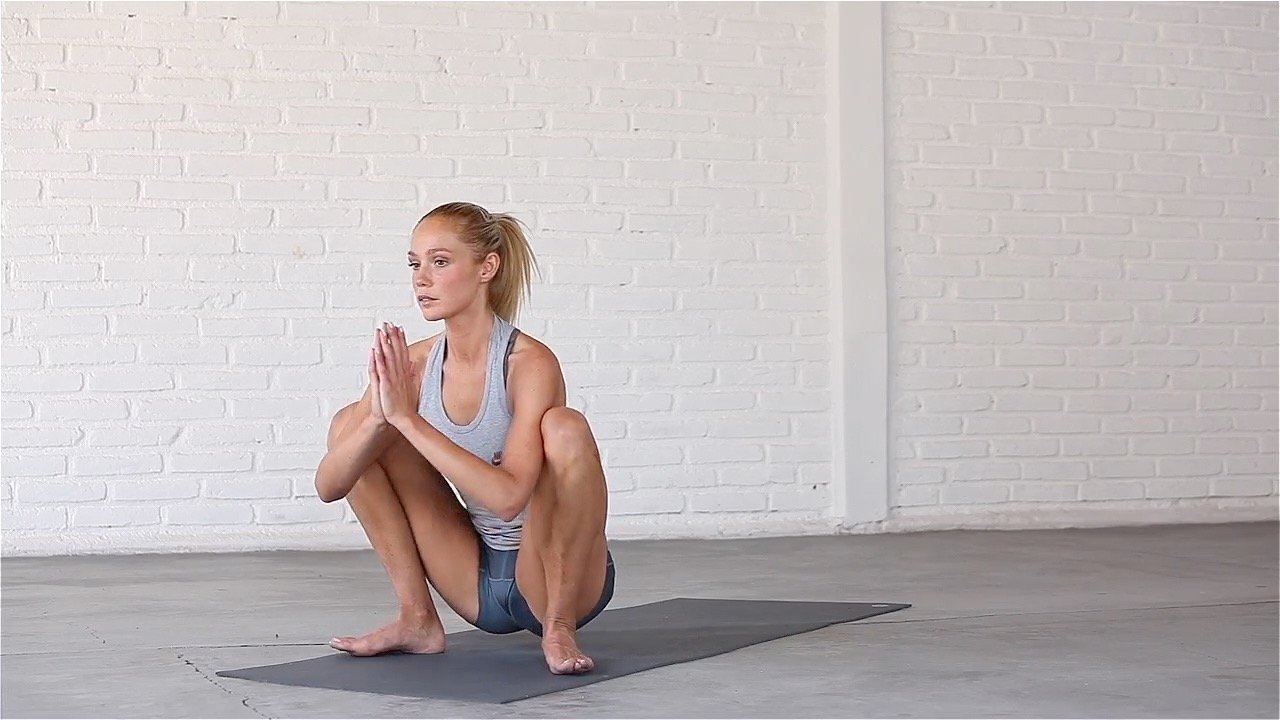Powered by Yoga at VENUS
How does Yoga fit into the Rehab setting?
Two major branches of yoga that we focus on in the field of rehab and wellness are Asana (the postures) AND Pratyahara (the breath). Yoga is an incredible tool that we can build a huge memory bank of healthy, authentic movement and practice it every day.
One thing I can say for certain is that as a practicing chiropractor, the number one cause of chronic pain and movement dysfunction in the older population is a lack of MOBILITY. The saying is true;
“If you don’t use it, you lose it.”
Using yoga daily, any where and everywhere, helps to retain our ability to move well, keep up with all of our work, our children, our hobbies and prolong a healthy lifestyle.
When you’re headed into a chiropractor or a physical therapists office for help with an injury or a surgery or even sports performance, they’ll likely put you through some tests to use as a measurement. What I’ve come to recognize as a yoga instructor and rehab specialist, is that so many of these movements we check for, are poses practiced regularly in yoga.
Yoga Asanas are the Ancestors of Functional Movement
The poses that are commonly used in yoga flows are the same functional movements that chiropractors and physiotherapists use to evaluate a patient’s movement readiness.
MALASANA YOGI SQUAT = DEEP SQUAT
(THE TEST FOR ANKLE,KNEE, HIP, SPINAL MOBILITY)
CHATURAGNA HIGH TO LOW PLANK = PUSH UP
(THE TEST FOR SCAPULAR WINGING AND SHOULDER DYSFUNCTION)
TREE POSE = SINGLE LEG STANCE
( THE TEST TO ASSESS STABILITY AND NERVE HEALTH)
Yoga vs. Strength and Conditioning?
A lot of the time, Yoga practice is pitted up against weight lifting. Which type of exercise is better? Short answer is BOTH.
Yoga is appropriate to test different skills in the most elite olympic weightlifters, in the same way that weight lifting is appropriate to train different skills in the elderly population.
MULASANA YOGI SQUAT = FMS SQUAT ASSESSMENT = BARBELL BACKSQUAT
Training without load can be JUST as important as training loaded. It is important that we improve our movement MINIMUMS before expanding our capacity for movement MAXIMUMS. This means that getting the hang of movement, without weight, is an important way to learn a movement, and can go a long way to preventing injury.
SOMATOSENSORY TRAINING
“The foot has evolved over millions of years in a world with no roads or sidewalks. When the adaptability of the foot is no longer needed during locomotion, the deeper muscles that support the arches can weaken, leaving only the superficial, non muscular plantar fascia responsible for preventing the collapse of the foot. The stress this places on the plantar fascia frequently leads to plantar fasciitis and heel spurs.
The practice of standing poses, and tadasana in particular, is one of the best ways to restore the natural vitality, strength, and adaptability of the feet. Once your foundation is improved, it is much easier to put the rest of your house in order.”
Leslie Kaminoff in Yoga Anatomy
IN EVERY YOGA ASANA WE TRAIN SOMATOSENSORY. That means that we train the part of the nervous system that controls our balance, helping to improve coordination.
ONLY REGULAR EXERCISE YOU DO BAREFOOT. Yoga may be the only exercise throughout the week that you do barefoot. By actively working through your foot, you can improve the foundation that the rest of your body is built upon.
CORE (INTRA ABDOMINAL PRESSURE) TRAINING
“All three diaphragms (pelvic, respiratory, and vocal) come together with ujjayi in yoga movements that are coordinated with inhaling and exhaling.
This pressure can protect the spine during the long, slow flexion and extension movements that occur in the breath-synchronized flowing practice of vinyasa... these coordinated actions of the diaphragms create more stability in the body, protecting it from injury by redistributing mechanical stress.”
Leslie Kaminoff in Yoga Anatomy
Having a trained breath translates into having a protected spine during any loaded or unloaded movement, and is a great tool to use throughout a yoga practice, where breath is such a potent TEACHER.
WHERE TO START?
SEE YOUR VSPR DOC TO IMPROVE BASELINE, FIRST
Much of this training can be done with minimal equipment and on your own time. This is what makes yoga and functional movements such an incredible training tool. Before you get started on your own, have a session with your doc at VSPR to improve any limitations you might have that can inhibit your yoga practice.
Ask your doc about specific examples of movements that cause any pain.
Your doc will help you modify poses to BEST suit your body, specifically.
ESP if dealing with disc issue, sports injury, pregnancy, any extenuating circumstances, and will help you learn to feel what a pose SHOULD feel like in your body for ultimate movement safety.
Further, your doc will go through how these movement patterns are expressed in your every day life, walking up & down stairs, bending over to tie your shoes, kneeling to garden so that we can help keep you moving well (AND OFTEN!) for as long as you live!
In this way, your doc at VSPR will create a path for you to build a movement practice that you can enjoy at home, on the go, or in our fitness facility, The Lab.
Develop a FUNctional Yoga Practice, FOR LIFE
Fight Chronic Disease
No Equipment or Membership Needed
Plenty of Easy-Access Online Resources
Mitigate Future Injury
Establish a Strong Foundation
Improve Performance & Stamina
Create Community
Evoke Mental Clarity
Now, it’s time for Savasana. Namaste.










